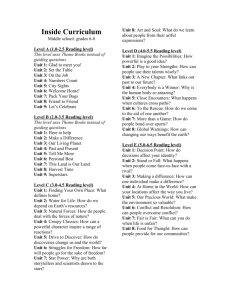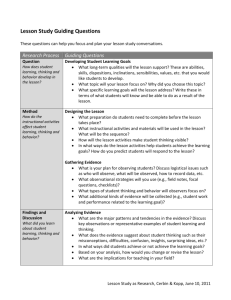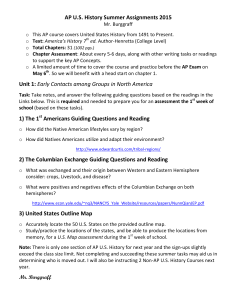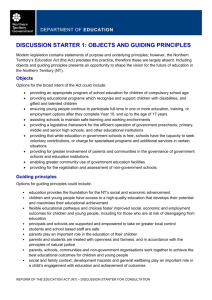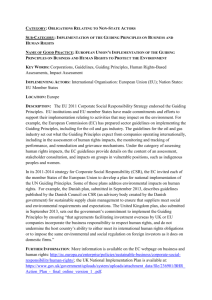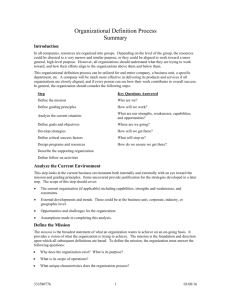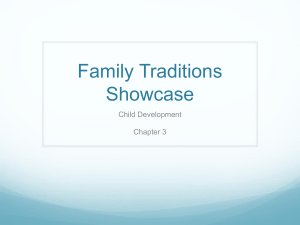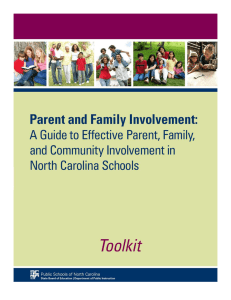Parent Night #2 (Nov)
advertisement
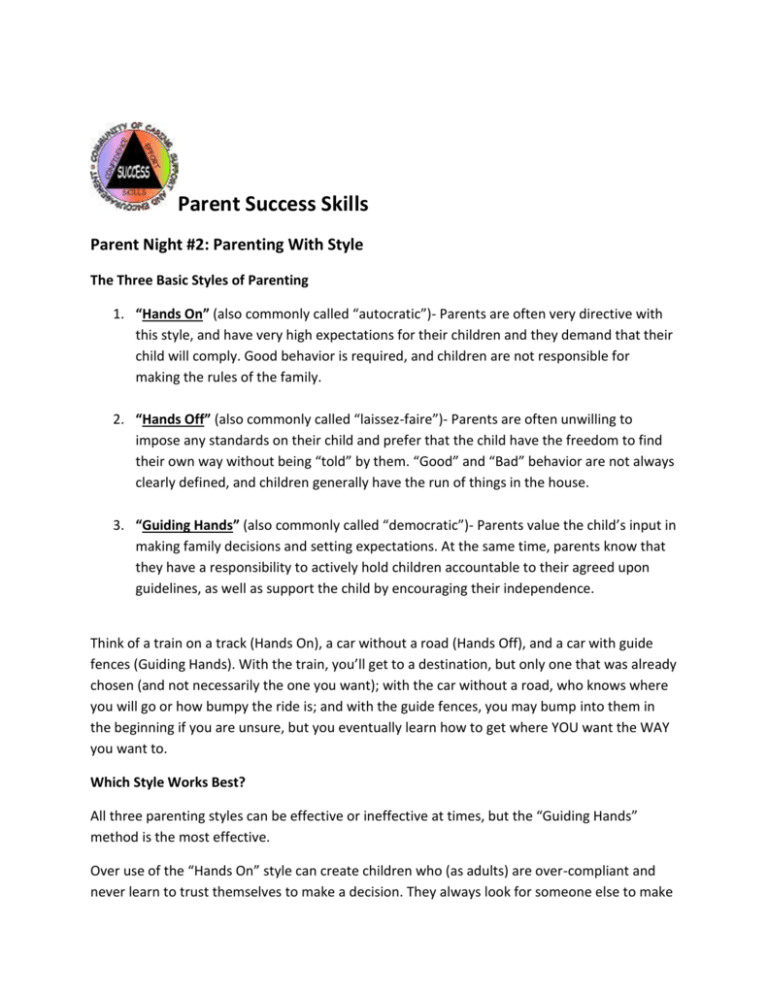
Parent Success Skills Parent Night #2: Parenting With Style The Three Basic Styles of Parenting 1. “Hands On” (also commonly called “autocratic”)- Parents are often very directive with this style, and have very high expectations for their children and they demand that their child will comply. Good behavior is required, and children are not responsible for making the rules of the family. 2. “Hands Off” (also commonly called “laissez-faire”)- Parents are often unwilling to impose any standards on their child and prefer that the child have the freedom to find their own way without being “told” by them. “Good” and “Bad” behavior are not always clearly defined, and children generally have the run of things in the house. 3. “Guiding Hands” (also commonly called “democratic”)- Parents value the child’s input in making family decisions and setting expectations. At the same time, parents know that they have a responsibility to actively hold children accountable to their agreed upon guidelines, as well as support the child by encouraging their independence. Think of a train on a track (Hands On), a car without a road (Hands Off), and a car with guide fences (Guiding Hands). With the train, you’ll get to a destination, but only one that was already chosen (and not necessarily the one you want); with the car without a road, who knows where you will go or how bumpy the ride is; and with the guide fences, you may bump into them in the beginning if you are unsure, but you eventually learn how to get where YOU want the WAY you want to. Which Style Works Best? All three parenting styles can be effective or ineffective at times, but the “Guiding Hands” method is the most effective. Over use of the “Hands On” style can create children who (as adults) are over-compliant and never learn to trust themselves to make a decision. They always look for someone else to make choices, or set boundaries for them. It can also create the opposite, where children become rebellious and break any rule that is imposed upon them. They may find it difficult to follow rules in class, work under a supervisor, or negotiate their needs with a spouse or partner in the future. Over use of the “Hands Off” style can create children who do not trust adults, and do not respect other people’s rules, personal space, etc. They may feel that “rules don’t apply to me.” As a result, they don’t learn to cooperate with others, and can seem unruly or rude. Remember, no one is ALL one type, but tend to gravitate towards one preferred style. When stress results, this is when the “gravitational pull” to use these strategies is strongest (even when parents KNOW that they may not be the best). Be sure not to react too quickly. Stop and take a few seconds to think about which style you are going to use before reacting. Why is the “Guiding Hands” Style Most Effective? 1. Children learn to rely on their own ability to make decisions and judgments. 2. Children learn that they can trust in their parents (and other authorities) if they have consistent limits set. 3. Children learn to negotiate their needs with peers and others, if they are given the skills and the opportunity to do so in a supportive, guiding way So what can YOU do to be more “Guiding”? 1. 2. 3. 4. Understand your child’s goals when you see misbehavior. Learn methods of encouragement. Try new ways of communication and problem solving. Understand your own style of parenting and try new strategies! Remember, if you are not getting the results that you want, don’t doubt your ability, doubt your strategy and try new things! AND KEEP COMING BACK! Hold “Guiding Hands” Family Meetings Hold the family meetings at the same time every day (ex. dinner time) Rotate leadership (even with young children) All decisions are made collaboratively Discuss family plans and rules “Highs and Lows” – Ask highs and lows to troubleshoot problems, brainstorm solutions, and give encouragement and support.

